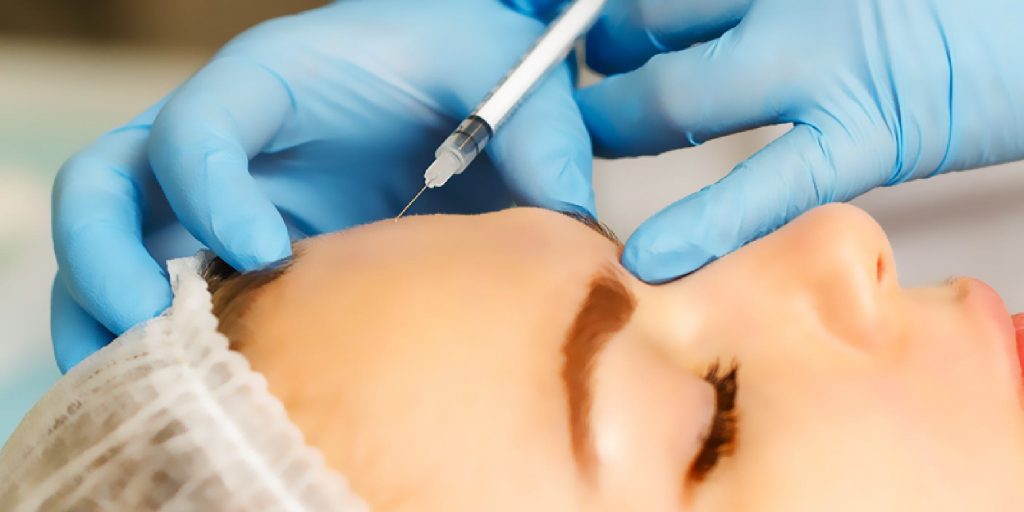
Nitin Chavan / EyeEm
- Cystic acne is the largest and most painful form of acne, causing cysts deep beneath the skin.
- Cystic acne can be caused by hormones, genetics, and lifestyle factors like diet and stress.
- To treat cystic acne, a dermatologist can prescribe birth control, retinoids, or steroid injections.
- Visit Insider's Health Reference library for more advice.
Acne is a common skin condition that occurs when hair follicles become clogged with oil and dead skin cells. There are several different types of acne, one of which is cystic acne. Cystic acne is deeper and more painful than other forms, but it can be controlled with proper treatment.
Here's what you need to know about what causes cystic acne, who is most likely to be affected by it, and how to treat it.
What is cystic acne?
Cystic acne appears as large cysts that form underneath the skin and become raised and tender to the touch, says Annie Gonzalez, MD a dermatologist with Riverchase Dermatology.
Compared to other forms of acne, cystic acne causes the largest blemishes and is the most difficult to get under control. It tends to respond less to generic acne routines and usually requires a more aggressive, long-term treatment, Gonzalez says.
Acne is common, affecting 80% of the US population at some point in their lives, but cystic acne is relatively rare, affecting about 1% of adult females and 3% of adult males.
By comparison, other forms of acne, like blackheads or whiteheads, appear on the surface of skin and generally resolve in a few weeks, says Michele Green, MD, a cosmetic dermatologist with her own private practice. But cystic acne can persist for months.
Cystic acne most commonly appears on the face, specifically the jawline and cheeks, but it can develop anywhere on the body, including the chest, back, arms, shoulders, and neck, Green says.
What causes cystic acne?
Cystic acne is caused by a buildup of bacteria and dead skin cells deep beneath the surface of the skin, Green says. As the number of bacteria that are trapped continues to grow, the cyst becomes more swollen, red, and painful.
Skipping your face wash or eating certain foods, like a lot of grease or dairy, does not cause cystic acne, although it can exacerbate it, Gonzalez says. Rather, cystic acne seems to be tied to periods of hormone fluctuations like during puberty, menopause, or menstruation.
One hormone in particular, androgen, which is made in larger amounts during puberty, causes the skin to produce more oil, which can cause all kinds of acne, including cystic acne.
Genetics can also play a role. A 2020 review found the onset of acne typically correlates with the onset of puberty, with the prevalence and severity of acne increasing during teen years. Those with a family history of acne had more severe acne, and the prevalence of all types of acne, including cystic acne, decreased by young adulthood.
Stress can also exacerbate cystic acne, Green says. Your body produces cortisol when you're under stress, which can disrupt the hormones involved in the regulation of sebum - an oil made in the skin. When these hormones are disrupted, sebum can become clogged in the pores and make acne worse.
Those most likely to be affected by cystic acne include:
- People with oily skin
- Teens
- Women
- Older adults with hormonal imbalances
Cystic acne treatment
If you are experiencing cystic acne, it's best to get evaluated by a dermatologist because it can lead to scarring if left untreated, Green says.
Dermatologists can prescribe oral antibiotics or topical treatments that can help control cystic acne. The sooner you receive treatment, the lower your risk is of scarring.
The right treatment for you will depend on individual factors, but some common forms of treatment include:
- Birth control pills, which can help regulate the hormones that are causing cystic acne. There are 4 different ones that are approved by the FDA specifically to treat acne.
- Retinoids, which are prescription topical treatments that help clear bacteria and sebum from inside pores.
- Intralesional steroids, which are injected into the cysts to decrease the size and decrease inflammation.
- Chemical peels, which exfoliate away dead skin cells and unclog pores. The best chemical peels for cystic acne include glycolic acid or trichloroacetic acid (TDA), Green says, because these ingredients can help stimulate collagen growth and reduce the appearance of scars.
- Spironolactone, a prescription oral medication that helps reduce excess oil on the skin.
- Isotretinoin, or Accutane, is an aggressive treatment, but often the most effective, Gonalez says. Accutane is taken orally and shrinks oil glands which stop the formation of bacteria within pores and allows current breakouts to heal. Usually, one round of Accutane takes six months and works for most people with cystic acne.
Cystic acne may improve with age, but it can be an ongoing problem for many individuals, potentially lasting for years if left untreated, Green says.
Insider's takeaway
Cystic acne is a severe and painful form of acne that presents as large cysts under the skin. It is usually the result of hormonal fluctuations, genetics, and stress.
Treatments for cystic acne can include both topical and oral prescriptions to help control hormones. If you think you may be dealing with cystic acne, consult a dermatologist who can suggest the best treatment for you.
